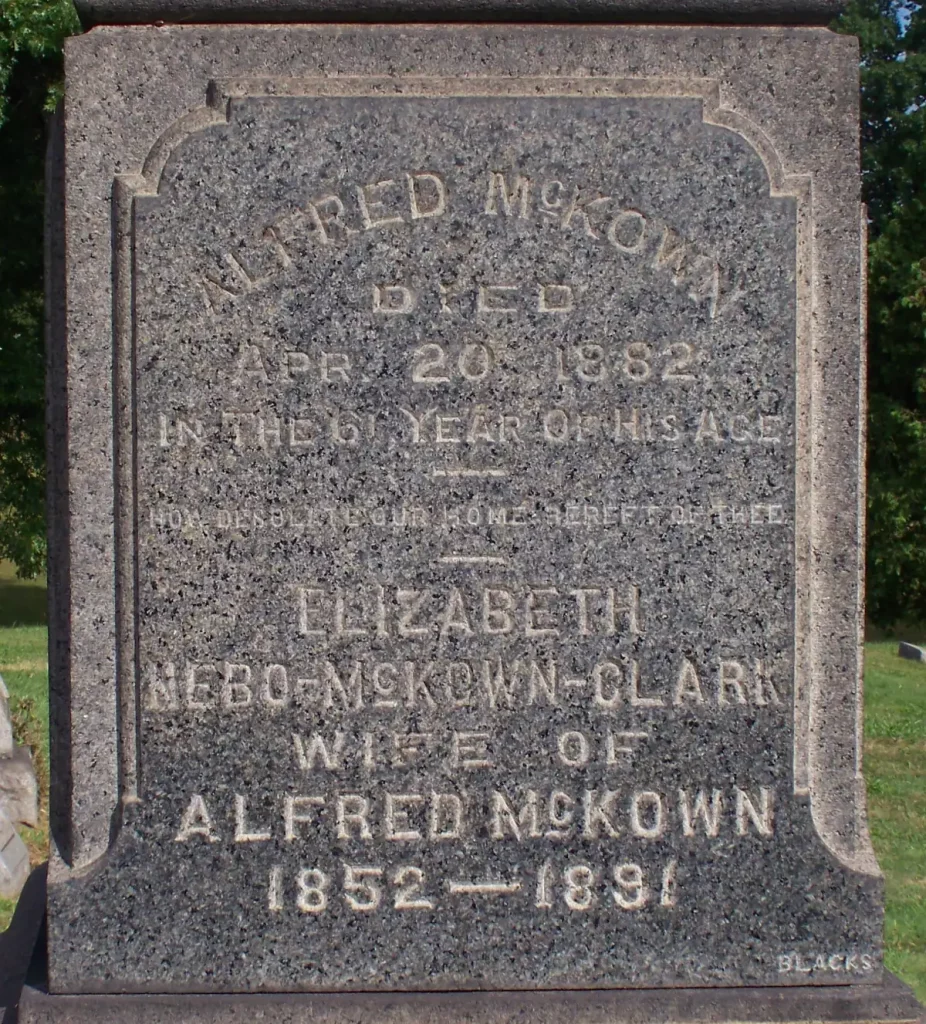
Obelisks in their simple form are timeless. The base may give a clue to the date, but this is a particularly simple and timeless design for a base. The obelisk stands in a plot of matched graves, of which the earliest dates from 1879; so we may take that as a rough date for the monument










